I read a press release from Fisheries and Oceans Canada today regarding the Northern Abalone. I will discuss some of the details and provide a link to this article at the end of today’s fact. Until then though, I am going to entertain you with some interesting facts about the northern abalone (aka Pinto Abalone).
You may be asking yourselves, what the heck is an abalone? Don’t worry, I am sure you are not the only one scratching their head at this one. Luckily, I am going to tell you what an abalone is right……now. The northern abalone is a mollusk. Basically, it is a large sea snail. The pinto abalone is usually about 4″ long but can grow to about 6″ long. They have a flattened, ear shaped shell that is generally a greenish brown colour but can also be white or blue. The inside of the shell is irridescent like most sea shells and change colour depending how you look at it. The shape of this shell protects the mollusk as well as reduces the resistance of water flow.
Does anyone know one of the factors that influences the colour of the northern abalone? Well, the colour varies depending on the algae pigments surviving in the waste products on top of the shell. So now this poses the question as to how the waste products get on top of their shell. This is easy to answer. The abalone puts it there. You see, they have 5 openings on top of their shell that helps them survive by assisting with daily functions. Clean water and oxygen enters through these holes while the waste and carbon dioxide exit the body through these exit points. During the spawning season the abalone will also release their spawn through these holes. These openings are very important for the abalone and sometimes will require maintenance. Every now and again the northern abalone will stick their tentacles through the openings to ensure they are clean and free of debris. After all they wouldn’t want this major life support system backing up.
All right, I mentioned that I would tell you about the article that inpired today’s post, so here it is. First of all, you need to know that northern abalone are a threatened species according to the Federal Species at Risk Act (in Canada). Well, the Canadian Government worked with officials from the United States of America and Mexico to successfully charge a company for illegally possessing northern abalone. This three year investigation resulted in a $25 000 fine. Similarly, through this investigation another company was fined $35 500 for illegally possessing abalone. Some of this money will be redirected back to the Canadian Government to promote conservation and protection of northern abalone. This is a huge victory for all Governments invovled and will hopefully help educate the public about the importance of all species at risk. To read the story then please click here.
Thanks for letting me talk and try to get my message about Species at Risk out to the public. Have a great day!

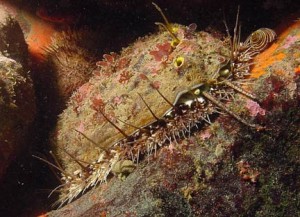
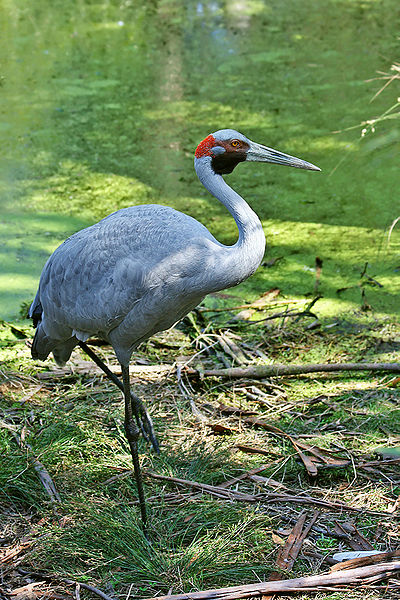
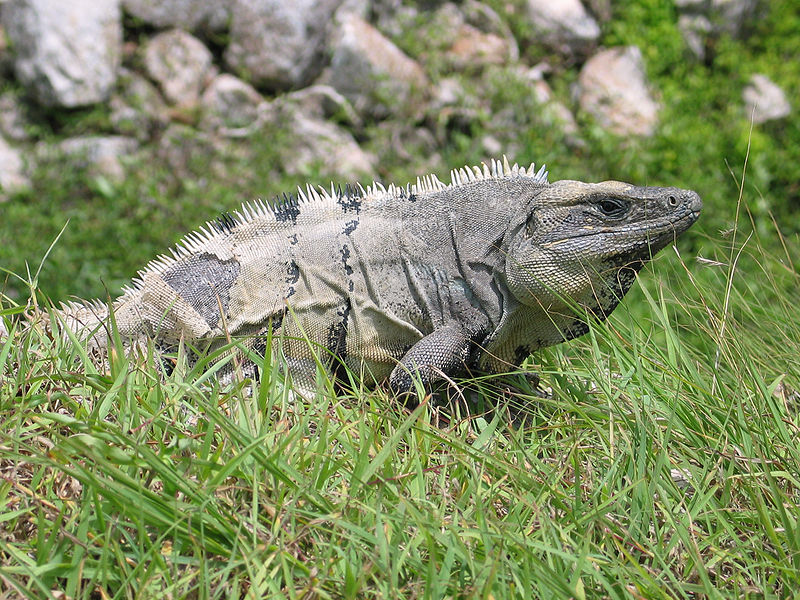
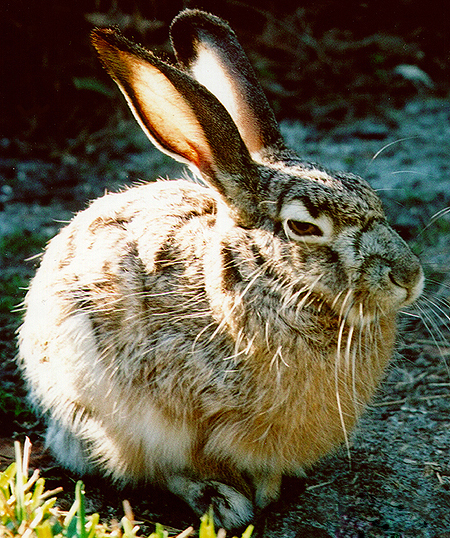
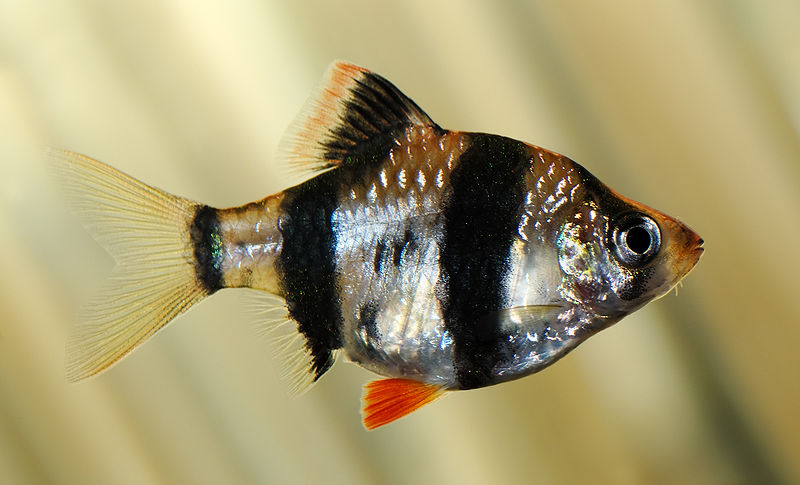

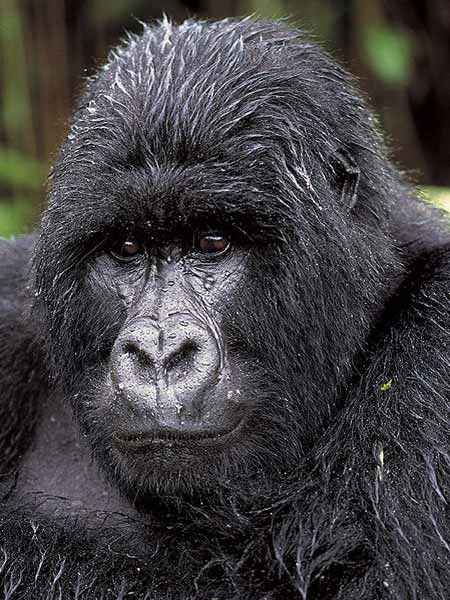
Hello there my big cousin Nathan. This seems really cool what you have been doing. Very interesting. This thing is really ugly lol. Anyways im going back to bed just wanted to cheek a couple of things, not feeling to well. Take care we love you lots. xo.
@karlee lawrence, Check*
Are these things a delicacy people enjoy eating or are they used for decorations after the shells are cleaned? Just curious as I’ve never seen one before.
Abalone can be used as a food source, jewellery or for decoration. Please refer to my other comment for ways to prevent poaching from occurring.
Thanks for the question! I am so happy to see people interested and wanting to know more about these unique creatures.
How are abalone used – eaten or used for jewelry? As a consumer, how would one know if it is abalone they are eating or wearing – whatever the case may be?
Another great question! You guys are on the ball today! Apparently, abalone is quite tasty so it will be served as a dish is restaurants. Similarly, they can also be used for jewellery. Not all abalone species are threatened or endangered. The best thing that you can do is to ask the person where the abalone came from. If you suspect that it is not from a legal source then don’t order it and express your concern over them serving a species at risk. Other ways to help include spreading the word and letting others know about the Northern Abalone and the risk they are in.
Poaching seems to continue since the northern abalone live close to shore and their seems to be a market it for it. Even with the Government of Canada laying more than 70 charges since 1997, poaching still takes place. Feel free to urge Government officials to increase funding to montior and enforcement with regards to northern abalone populations.
I hope this helps answer your question!
It is really nice to see people caring and wanting to make a difference!